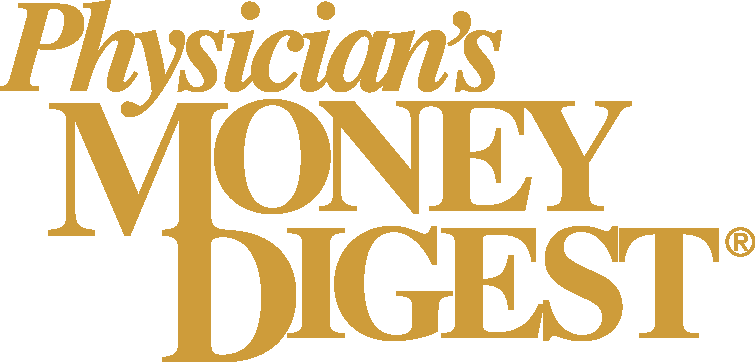
What truly defines a clean claim—and how to accelerate payment
Key Takeaways
- Efficient claim processing requires accurate data capture at patient intake to prevent delays and denials later in the process.
- Properly configured claim edits are essential for maintaining claim integrity and should be tailored to the practice's specialty and payer mix.
Clean claims that drive quick payments require foundational workflows, configuring systems properly from the start, and regularly revisiting how you measure success.
In most of the industry, a clean claim is defined as one that’s accepted by the payer. But that standard only tells part of the story. If a claim is delayed, flagged for manual review, or requires multiple touches before payment, it’s not truly clean—and it’s certainly not efficient.
The better question is: How can you build processes that move
The answer lies in improving your foundational workflows, configuring systems properly from the start, and regularly revisiting how you measure success.
Clean claims start at check-in
Every clean claim begins with clean data—and that starts at the front-desk. Many of the most common slowdowns happen during patient intake. If information is missing or inaccurate at this stage, it can cause a cascade of
To prevent that, practices should focus on optimizing front-desk workflows around these key checkpoints:
Demographics – Is the patient’s name, DOB, address, and other personal information complete and accurate?
Insurance capture – Have you gathered all insurance coverage—primary, secondary, and tertiary?
Eligibility checks – Was real-time eligibility verified before services were provided?
Authorizations – Are prior authorizations needed, and if so, were they obtained?
If any of this data is missing or incorrect, it can interrupt the automated adjudication process. The claim may “pass” initial validation but still trigger costly delays, extra effort, or even outright denials further down the line.
When edits are turned off, everything slows down
Under pressure to clear backlogs, billing teams may be tempted to disable claim edits. While this might offer short-term relief, it often leads to bigger problems: denials, rework, and underpayments.
Edits play a crucial role in maintaining claim integrity. If configured correctly, they catch missing information (such as required modifiers), prevent unnecessary rejections, and keep claims flowing. But to do this well, your edits must be tailored to your specialty and payer mix—not just accepted as-is from your claim scrubber or clearinghouse partner.
Blanket edits may apply unnecessary rules or miss specialty-specific details. Practices that don’t have the time, training, or resources to configure these edits during implementation often find themselves fighting the system instead of benefiting from it.
Metrics that matter
Too often, practices rely on clean claim rate alone to judge billing performance. But that metric—especially when defined as claims accepted by the payer—can give a false sense of success.
Instead, consider this trio of metrics working together:
Clean claim rate – Percentage of claims accepted by the payer without rejections or bounce-backs
First pass payment rate – Percentage of claims paid without any manual touches or rework
Denial rate – Percentage of total claims that result in denials requiring follow-up
Together, these metrics offer a more complete view of billing performance than clean claim rate alone. A high clean claim rate doesn’t mean much if your denial rate is also high or you’re constantly chasing payment on claims that looked “clean” but required multiple interventions.
Clean claims are a moving target
What worked a year ago may not work today. Payer rules change. Staffing changes. Software updates. The most successful practices don’t “set and forget” their workflows—they consistently review and refine them.
Start with your standard operating procedures. Are they current? Are your staff trained on them? Do they reflect how your systems are configured today?
Periodic review of claim edits, documentation requirements, and front-desk protocols can uncover process gaps before they turn into performance problems. Ongoing training—especially for staff handling registration, billing, or coding—is equally important.
Workflow refinement isn’t a one-time fix. It’s a mindset. And in a constantly evolving healthcare environment, that mindset can mean the difference between predictable revenue and persistent delays.
Get claims moving faster
A truly clean claim doesn’t just avoid denial—it flows through your system without friction. It’s backed by clean data from the start, guided by well-configured edits, and paid without requiring multiple follow-ups or fixes.
To achieve this level of performance, practices need more than a strong billing team. They need well-structured processes, consistent oversight, and a willingness to evolve.
Clean claims aren’t about shortcuts—they’re about systems that work. From intake to payment, every step should be designed to minimize friction and maximize speed.
Chuck Rackley is a highly experienced leader specializing in health care revenue cycle management and business development. At
Newsletter
Stay informed and empowered with Medical Economics enewsletter, delivering expert insights, financial strategies, practice management tips and technology trends — tailored for today’s physicians.















